2Department of Histopathology, Peerless Hospital & B.K Roy Research Centre, Kolkata, West Bengal, India
Abstract
Eosinophilic colitis (EC) is the rarest form of eosinophilic gastrointestinal disorders (EGIDs), presenting diagnostic challenges due to its nonspecific symptoms and overlap with conditions such as hypereosinophilic syndrome (HES). We report a case of a 62-year-old male who presented with chronic diarrhea, abdominal pain, and significant weight loss over a three-month period. Laboratory investigations revealed peripheral eosinophilia (absolute eosinophil count: 2,030/µL) with elevated fecal calprotectin. Endoscopic evaluation demonstrated diffuse mucosal and submucosal nodules from the rectum to the cecum, and histopathology confirmed marked eosinophilic infiltration with focal microabscesses. Systemic involvement was excluded through imaging studies. Given the absence of secondary causes, a diagnosis of EC was established. The patient was initiated on corticosteroid therapy, leading to resolution of symptoms and normalization of eosinophil counts. This case underscores the importance of considering EC in patients with chronic diarrhea and eosinophilia. It also highlights the role of histopathology in establishing the diagnosis. While corticosteroids remain the mainstay of treatment, emerging therapies such as biologics and dietary interventions may offer alternative management strategies. Further research is required to refine diagnostic criteria and optimize long-term treatment outcomes.

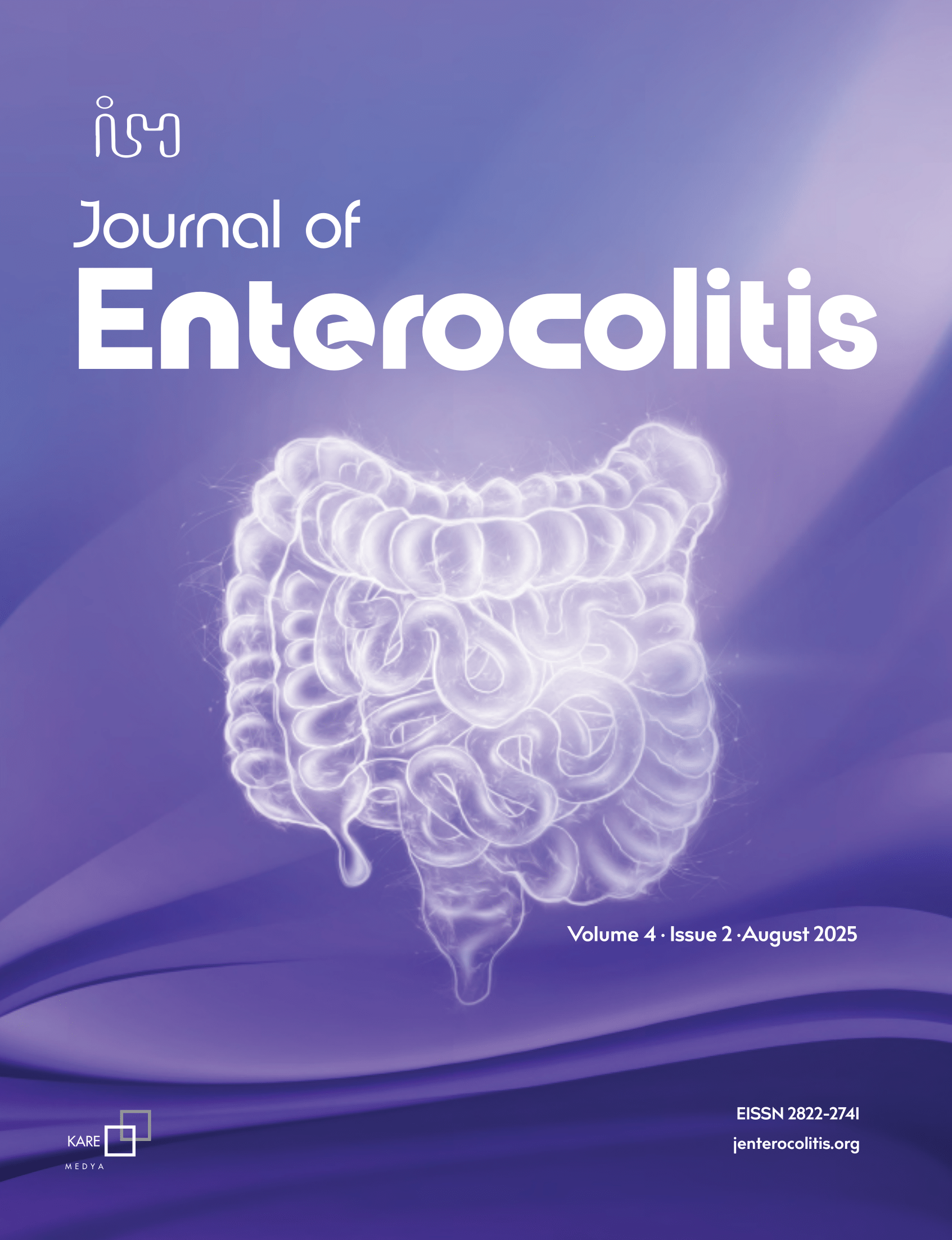
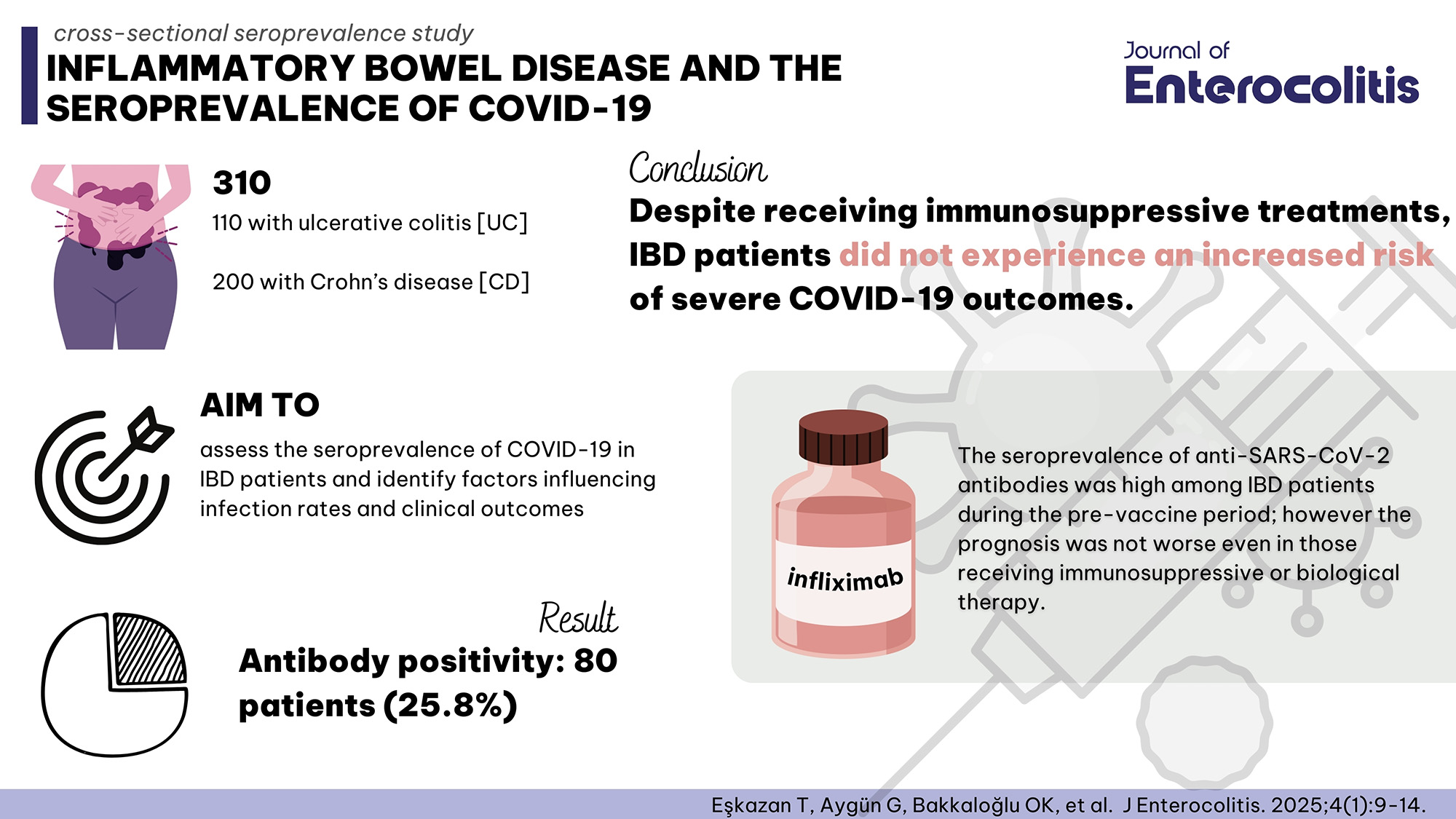

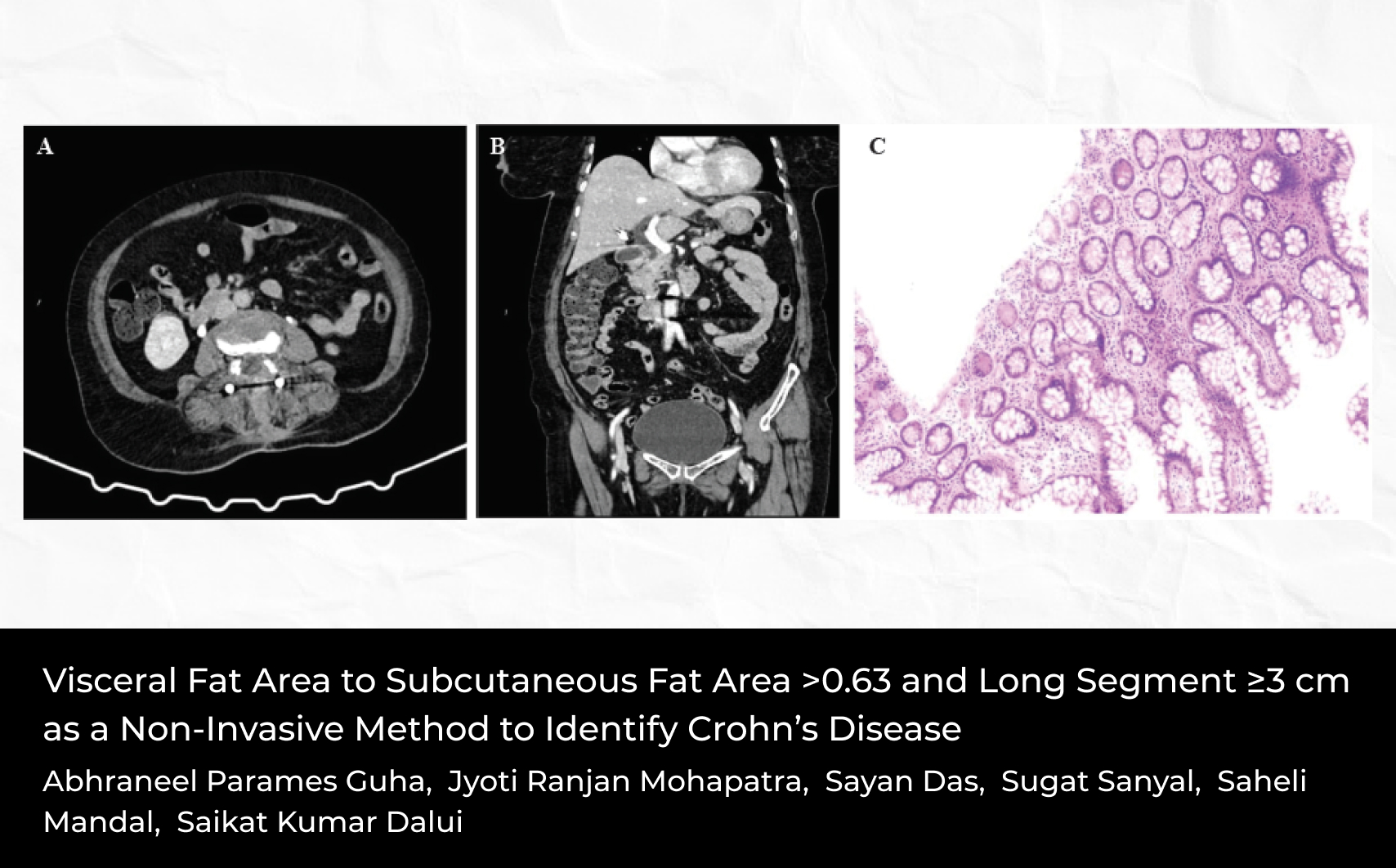
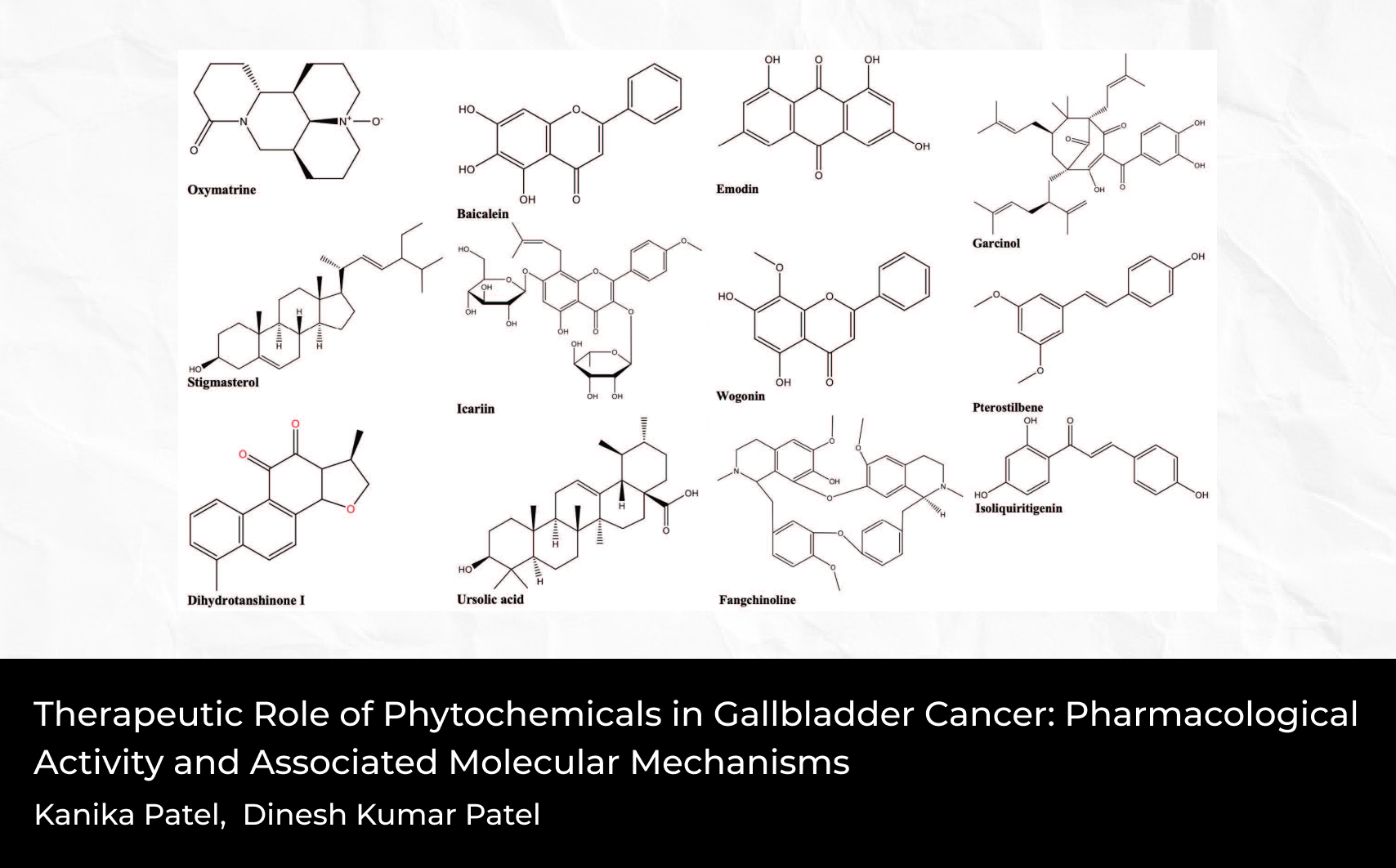
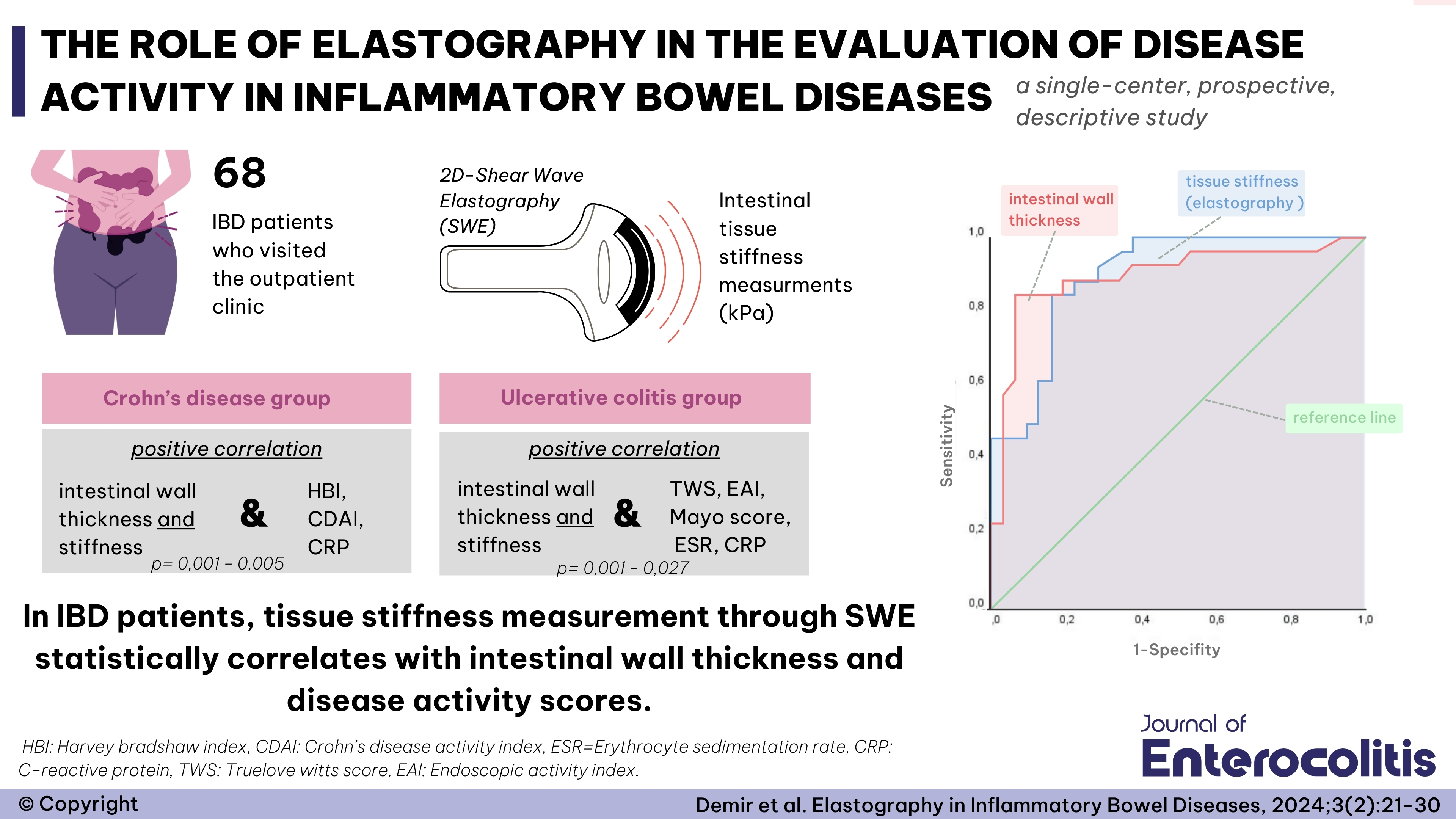

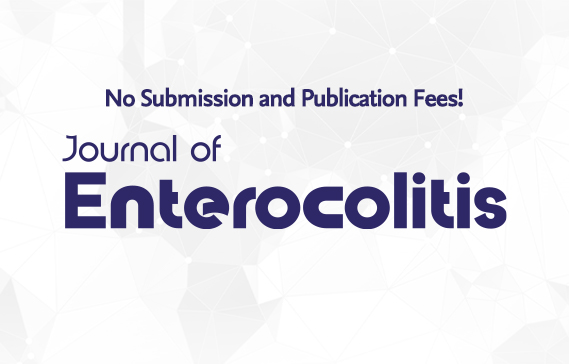
 Arindam Das1
Arindam Das1 






